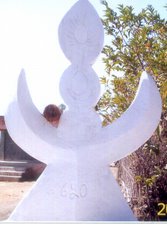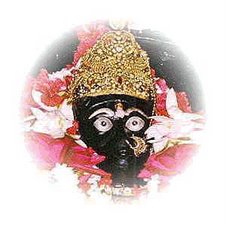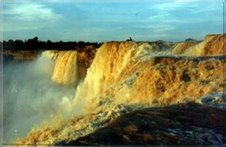
A journalist’s work is often frustrating. Leads are a plenty, but most get nowhere. Once in a while though, one does hit pay dirt. Here is one such experience. During the last two years I have had many opportunities to visit the College of Counter Terrorism and Jungle Warfare at Kanker in Chhattisgarh. I was always impressed by the chief of the college—Basant Kumar Ponwar—and his trained commandos. After his retirement from the Indian Army, Ponwar is now on deputation with the Chhattisgarh police. Before this posting he was the head of the Counter Insurgency and Jungle Warfare School in Warengate, Mizoram.He says: “Chhattisgarh’s ex governor, K M Seth contacted me at Warengate one day.
He wanted to send over some candidates for commando training to deal with the increasing Naxal violence in Chhattisgarh. I suggested that a few training sessions would not be sufficient. The forces would need training on an ongoing basis. And this is how the Kanker college was set up.”The ex-brigadier continues: “I teach the men to fight a guerrilla, like a guerrilla.” That is the main agenda of this jungle warfare college.”Confident handshake At Dantewada, I saw Ponwar’s wards in action: they provided an impressive contrast to the ordinary pot-bellied policeman.
There was something reassuring about the confident way they shook hands with me. Meeting the brigadier also left me with an overwhelming sense of pride. To see that to this day our country has officers like him: the dedication and integrity of his wards towards the task at hand was exemplary.I kept up our acquaintance.
On one of my visits, Ponwar took me to the top of a hill. He told me, “I am having this hill dug up, to make a helipad.” The ex-army official shared with me the outline of a Rs 72-crore project to set up the College of Counter Terrorism and Jungle Warfare. He informed me about the elaborate plans for a swimming pool, an auditorium and a guesthouse. “When you visit next, you will not have to look for another place to stay,” Ponwar told me in his inimitable style.
Digging the hill
As journalists we tend to dig wherever we can and the digging of the hill by Ponwar inspired me to do some on my own. I wondered if the law was being followed in setting up a huge project on what looked like forestland. I found out that the settlement for this land was made in 1921-22, when it was known as village Gadh Pichhwari, and Singarbhaat.
According to the old settlement, the two villages comprised about 140 ha, of which 68 ha was a forest.In the recent settlement, the name of village Patharri has been added, and the size of the forest has reduced to 45 ha acres (about 37.5 ha covered with large trees and 17 ha with small trees). The old records make no mention of this village. It seems Patharri village came into existence much later. The process for transferring the land to the police department began on May 25, 1998, when Kanker’s superintendent of police wrote a letter to the district collector (reference 7/98).
The department wanted this land for building a police residential colony. On December 4, 1998 the collector, changed the land-use status of this tract from forest to residential. Anyhow, allotment to the police department was approved by the District Planning Committee in a meeting on April 4, 2001. Satya Narayan Sharma, the then Chhattisgarh minister for higher education, was present at this meeting. It was announced that the district forest officer (dfo), Kanker, had given a no objection certificate for the change of usage, vide letter reference 2578/4.8.98.
source- downto earth







No comments:
Post a Comment